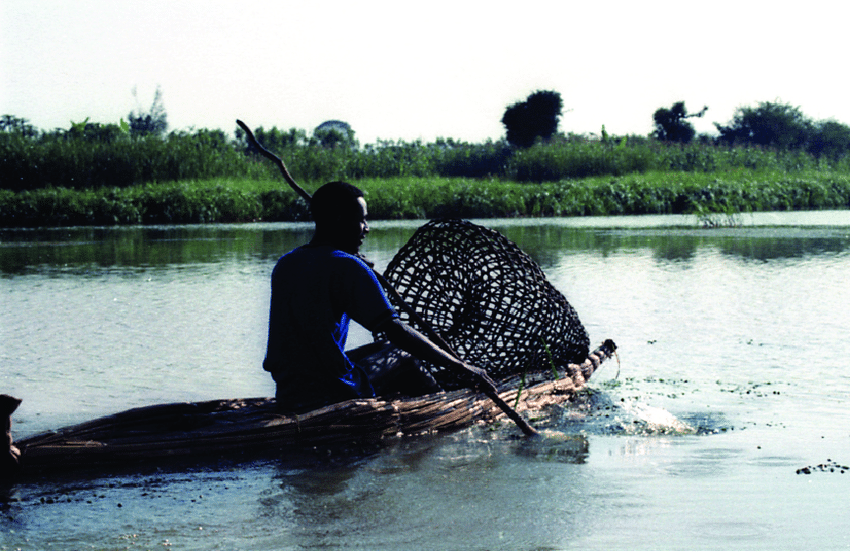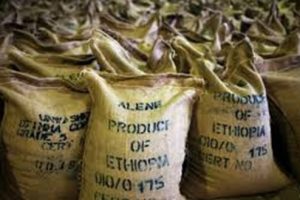
Planet Earth
BY GETACHEW MINAS
The development of fish farming in Ethiopia, where the population frequently faces a deficit in animal proteins, is promising. Water bodies located in the Rift Valley show signs of over exploitation whilst those located in remote areas with poor infrastructure, and which make up the majority of rivers, lakes and reservoirs, remain underutilized. Aquaculture is also constrained by weak institutional capacity, poorly organized fishermen’s associations, the lack of a reliable data collection system, the remoteness of fishing areas, the lack of basic infrastructure and equipment, the degradation of natural resources and the limited funds to implement the country’s plans and programs.
Ethiopia is home to a fisheries sector whose principal distinguishing characteristics are its low level of exploitation and the inadequacy of vital infrastructure. The country has great potential for fish production. However, annual per capita fish consumption is very low, with beef as the dominant source of animal protein all over the country. Fresh fish is consumed mainly in areas surrounding the Great Rift Valley, which contains a system of small to medium-sized lakes.
Lake Tana is the largest water body in the country, with a potential for fish yield. Studies indicate that it is the leading lake in fish production, accounting for a large proportion of the country’s water resource. The lake is, however, infested with vegetation that is alien to the lake. It takes an incredible amount of material, financial and human resources to clear it. Nearly all employees of the civil service, public enterprises and the private sector have physically and emotionally participated to clear Lake Tana from the green vegetation lying on parts of the lake, which is a threat to fisheries.
Studies indicated that insufficient institutional and management capacity, limited resource allocation and investment have depressed fish production. Also, poor policy and regulatory framework, and insufficient value chain and fish marketing infrastructure are some of the cross-sector challenges affecting fisheries in Ethiopia. At the same time opportunities exist to increase the global social and economic value for fish. The slow, but real increase in demand for fish and fishery products is an opportunity for further development and intra-regional trade. Despite favourable conditions, suitable geographic relief, rich soil quality, good mean annual rainfall, and sufficient freshwater availability, aquaculture production is negligible in Ethiopia.
Recreational fishing is yet to be adopted as an important form of leisure by the people. Diverse freshwater fish species are found in Ethiopian waters, in which several local species have been identified. However, only a few of those species constitute the bulk of the catch, out of which Tilapia is the major one. A considerable amount of Nile perch is caught in large rivers and lakes and it is increasingly becoming scarce as it is largely preferred by consumers. Catfish constitutes the next largely harvested one, in terms of scope and magnitude. Experts have identified a total of more than 100 different species of fish, both indigenous and exotic, inhabiting the Ethiopian waters. Significant catch variations are obtained, in terms of quantity and types of species, varying with seasons.
Though fishing is carried out in all Ethiopian waters, the bulk of the catch originates from the big lakes whose percentage contribution to national fish production is high. But, the production is not sufficient for the Ethiopian population that is growing fast with time. The quantity of fish caught is low due to the primitive nature of fishing. Fishermen use a variety of equipment, including traditional traps and spear, nets, fishhooks, snares and setups. The craft in use is, generally, motorized or un-motorized steel or wooden boats, reed or raft vessels. Most fishing vessels are made of papyrus or scraps. In some of the Rift Valley lakes, canoes have been gradually replaced by wooden oars while most fishermen use one-man rafts.
Though vessels have a very limited carrying capacity, they provide the fisherman with the desired access to the lakes at an affordable cost. Also, motorized vessels which enable fishermen to operate throughout the water are mostly available on the big lakes. Also, wooden rowing boats are largely in use on smaller lakes. The predominant stuff and kit employed in fishing is the net with the largest mesh sizes to capture big fish. Beach sights are popular particularly on religious fasting days when people consume fish. Traditional fishermen harvest fish with nets and hooks. A study revealed that the Ethiopian Orthodox Church, in its development projects, has provided for fishing equipment repair and maintenance facilities with a fishnet manufacturing unit and training for women on Lake Tana.
Ethiopia’s waters are classified into four systems and these are lakes, reservoirs, rivers and small water bodies. Diverse aquatic life, ranging from microscopic flora and fauna to the giant hippopotamus, inhabits the lakes and rivers. The rich natural fauna includes several fish species. Sizeable fishery resources originate from these waters. It is believed that more than half of the annual production potential of fish is harvested. Ethiopia’s fishery locations consist of the Great Rift Valley lakes Chamo, Abaya, Ziway, and the northern part of Lake Turkana; Lake Tana, which is the largest lake in the country; numerous rivers; and minor water bodies, including reservoirs and natural body of water.
Regulatory measures are employed by the government in managing Ethiopian inland water resources which are aimed at optimal exploitation of the fishery. But, compliance and enforcement are far from being satisfactory. The law imposes regulations against fishing malpractices and gives guidelines on the recovery of fish stocks. At the federal level, the fishery management legislation provides broad guidelines relating to resource conservation, food safety, and aquaculture. It also lays strong emphasis on fishing regulation, fishing permits and the need for fishery inspection, just as it reflects the necessity for fish products to conform to standards.
Following on the heels of the Federal legislation, the regional administrations are expected to use the enactment as a framework to formulate their fishery management proclamations. Studies show that only a few regions have developed their respective laws which contain similar provisions as the federal one. However, they have included additional measures relating to the creation of employment opportunities in fishing. They also articulated the need for research in fishery, with a requirement to avail the results of findings to the fishermen. However, ineffective administration setup and lack of expertise have caused low economic performance based on research work in fishery.
A fishery co-management approach was developed for most lakes and reservoirs with the following administrative measures: licensing a certain number of fishermen and fishing equipment according to biological limits; closed season (June –July) to prevent fishing during one of the tilapia breeding seasons; net size limitation; progressive reduction in some beach fishing net that hangs vertically in the water, leading to total eradication; closed areas to prevent fishing in designated areas where fish are known to breed. In general, however, the entire fisheries of Ethiopia need stringent resource monitoring.
Fishermen are largely organized into cooperatives under the guidance of the Ministry of Agriculture. However, together with registered fishermen, there is a large number of informal operators in the sector who work mostly on a part-time basis. However, very minimal development has been made in organizing fishermen in Ethiopia. The government, with the support of FAO, has enacted the aquaculture development strategy following which commercial aquaculture has been encouraged through the provision of investment incentives. Based on this strategy, a limited aquaculture practice has been conducted with tilapia and catfish. Farming of cold-water species could be achieved on a limited surface.
Inadequate legal and policy frameworks have largely given rise to poor fishery resource exploitation resulting, in some cases, in the overfishing of some important species.
Thank you.
The Ethiopiam Herald March 17/2021


